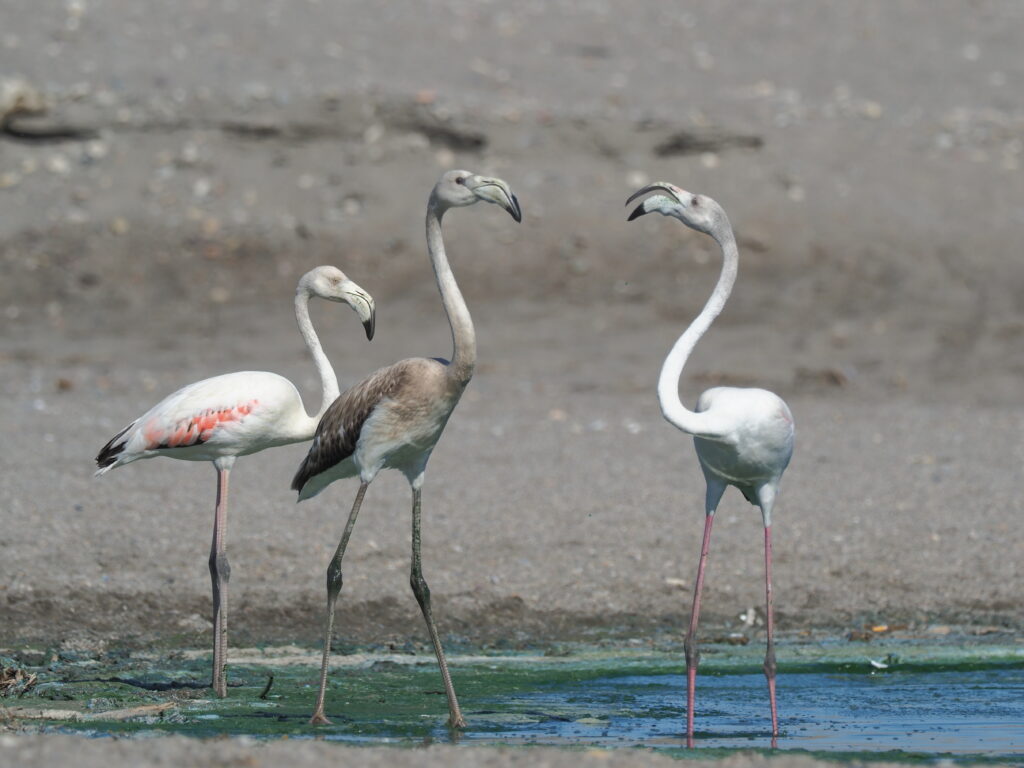Climate change is a major topic right now in all sorts of circles. From changing weather patterns to changing geography, nobody is quite certain how the future will look as our planet’s temperature continues its slow gradual climb. The causes and solutions for global climate change are hot button issues, but changes to the global temperature may ripple into a multitude of smaller changes that you might not expect. I wrote an article last year about how some long distance migratory bird populations may actually be resilient to the effects of climate change thanks to their ability to take advantage of favorable seasonal weather through migration. This is just one of a potential myriad of unexpected insights that we will likely gain as our understanding of climate-driven trends evolves.
Related Article: Flaco the Owl is New York’s Favorite Fugitive
Another potential insight is a bit more strange. It’s possible that new temperature extremes could cause some birds to evolve longer legs. It sounds odd, but bear with me. A recent study found that birds’ legs are one of their most effective mechanisms for regulating body temperature. Birds use the exposed skin of their legs and beaks to give off heat. Under excessively warm conditions, they pump extra blood through these regions, allowing that blood to flow under the skin and be exposed to more cool air than the rest of their body. This cools their overall body temperature and allows them to endure hot weather without overheating.
Wading birds in hot regions are especially equipped for this particular kind of thermoregulation. Long-legged wading birds like flamingos spend a lot of time with their feet underwater. Circulating blood to their feet allows them to cool off efficiently, even during the midday heat.
This is the reason that so many birds found in hot tropical regions have large beaks and longer legs. These adaptations make them more resilient and capable of meeting the challenges posed by their environment. As global climate change introduces new challenges, long legs and larger beaks may be one of the ways that some bird species can adapt and overcome.
Some birds may already be changing to adapt to global warming. Scientists at the Smithsonian’s Conservation Biology Institute’s Smithsonian Migratory Bird Center examined several sparrow species found in tidal marshes. They discovered that there was a direct correlation between the summer high temperatures in the area where a specimen was found and the size of its bill. They posited that the sparrows may be evolving larger bills in hotter areas as a means of increasing their surface area for more efficient cooling. Their findings are incredible. In some cases, birds living in hotter marshes were found to have bills as much as 90% larger than their counterparts in cooler areas.
So what does a warmer earth look like for the planet’s bird population? It’s impossible to say for sure. What we do know is that the future is likely to bring a whole host of new challenges and new insights into the surprising ways that nature is capable of adapting to them. Perhaps, one of those adaptations will be long-legged birds built to beat the heat.
Popular Article: Extremely Rare “Half Male” and “Half Female” Bird Found in Colombia

